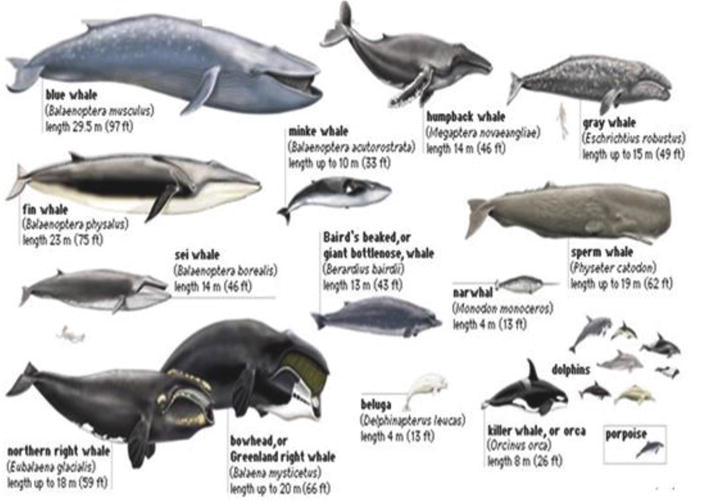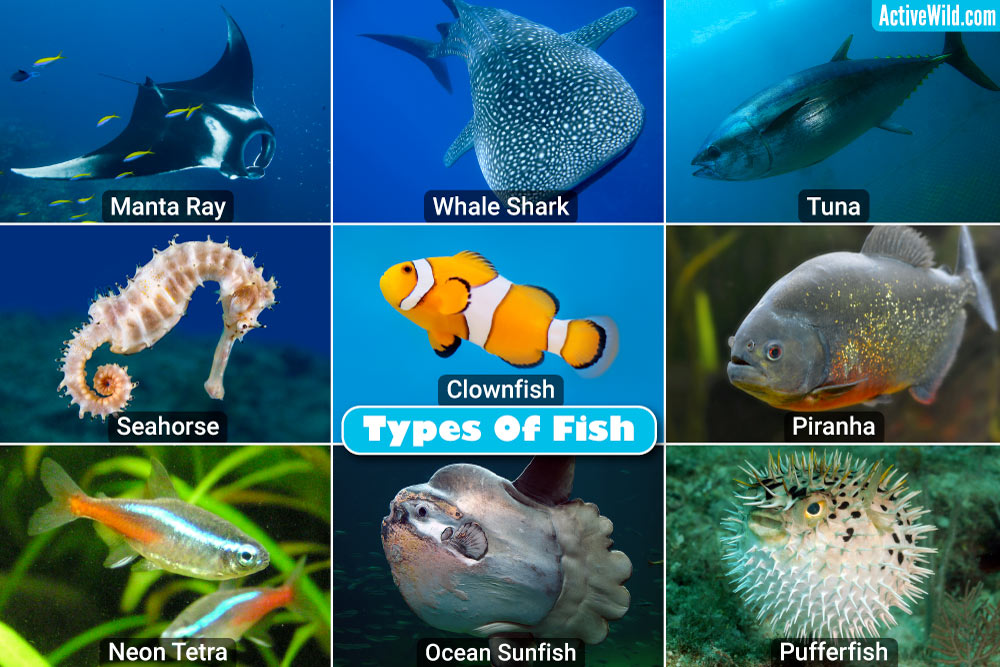The Majestic Northern Gannet: Behold the Spectacular Seabird
The Majestic Northern Gannet ===
The Northern Gannet, known scientifically as Morus bassanus, is a magnificent seabird that captures the imagination with its graceful flight and striking appearance. With a wingspan of up to six feet, this large bird possesses a unique elegance and beauty. Found in the North Atlantic Ocean, the Northern Gannet is renowned for its plunge diving capabilities and intricate courtship rituals. While facing various challenges and threats, dedicated research and conservation efforts aim to protect and preserve this awe-inspiring species.
===Habitat and Distribution: Where to Find Them===
The Northern Gannet can be found in the North Atlantic Ocean, with the largest colonies residing primarily in Europe and North America. They nest on coastal cliffs and islands, choosing locations that provide easy access to their main food source – fish. Known for their extensive oceanic journeys, these birds migrate between their breeding and wintering grounds, covering thousands of miles each year.
===Physical Appearance: A Study in Elegance===
With its striking appearance, the Northern Gannet stands out among other seabirds. Adults possess a pure white plumage, contrasting with their black flight feathers and distinctive yellowish head. During breeding season, their eyes turn a captivating shade of blue. The bird’s long, pointed bill serves as a formidable tool for capturing their prey, while its streamlined body and sharp wings enable it to effortlessly glide and dive through the air and water.
===Feeding Habits: Mastering the Art of Plunge Diving===
The Northern Gannet is renowned for its exceptional plunge diving abilities. Hovering high above the ocean, these birds spot their prey beneath the surface and rapidly dive headfirst, reaching speeds of up to 60 miles per hour. Their streamlined bodies and strong wings allow them to penetrate the water effortlessly, often diving to depths of up to 100 feet. With remarkable precision, they snatch fish in their bills, occasionally catching multiple fish in a single dive.
===Breeding and Mating Rituals: An Intricate Dance===
Breeding season brings about a mesmerizing display of courtship rituals among Northern Gannets. Males engage in an intricate dance, stretching their necks and wings while pointing their bills towards the sky. The male will then offer nesting material to the female, who will accept or reject the gesture. Once a pair bond is formed, they engage in mutual preening to strengthen their relationship. These rituals are critical in establishing and maintaining the strong pair bonds that last throughout the breeding season.
===Family Life: Nurturing the Next Generation===
After the elaborate courtship rituals, Northern Gannets form colonies where they build large nests made of seaweed, grass, and feathers. The female lays a single egg, which both parents take turns incubating for around six weeks. Upon hatching, the parents diligently care for the chick, providing it with regurgitated food until it is ready to fledge. The chick then spends several years at sea before returning to the colony to find a mate and start the breeding cycle anew.
===Conservation Status: Challenges and Concerns===
Despite their majestic presence, Northern Gannets face various challenges to their survival. Overfishing and climate change have led to a decline in fish populations, affecting the availability of food for these seabirds. Pollution and habitat destruction also threaten their well-being. As a result, the International Union for Conservation of Nature (IUCN) has classified the Northern Gannet as a species of Least Concern, highlighting the need for continued monitoring and conservation efforts.
===Threats and Predators: Nature’s Constant Struggle===
The Northern Gannet’s survival is constantly challenged by natural predators and human impact. While they have few natural predators, such as large gulls and skuas that may prey on eggs or chicks, they are more significantly affected by anthropogenic threats. Pollution, including oil spills and plastic debris, poses a significant danger to these birds. Additionally, entanglement in fishing gear and collision with offshore wind turbines are becoming increasingly prevalent concerns.
===Research and Conservation Efforts: Protecting a Beautiful Species===
Researchers and conservation organizations have been actively working to safeguard the Northern Gannet and its habitat. Through monitoring programs, scientists gather essential data on population trends, migration patterns, and feeding ecology. Conservation efforts focus on creating protected areas, raising awareness about the species’ significance, and advocating for sustainable fishing practices. Education and outreach initiatives engage local communities and stakeholders to foster a sense of responsibility for the conservation of this remarkable seabird.
===Conclusion: Celebrating the Northern Gannet’s Magnificence===
The Northern Gannet’s majestic presence, remarkable plunge diving abilities, and elaborate courtship rituals make it a true spectacle of nature. Despite the challenges it faces, ongoing research and conservation efforts offer hope for the preservation of this awe-inspiring species. By understanding its behavior, protecting its habitat, and promoting sustainable practices, we can celebrate and ensure the continued magnificence of the Northern Gannet for generations to come.



